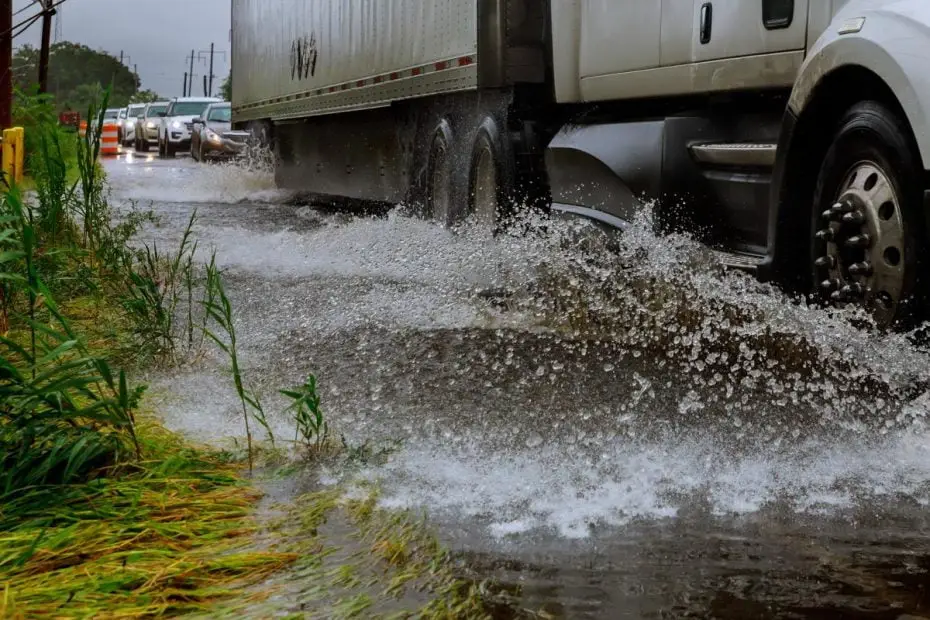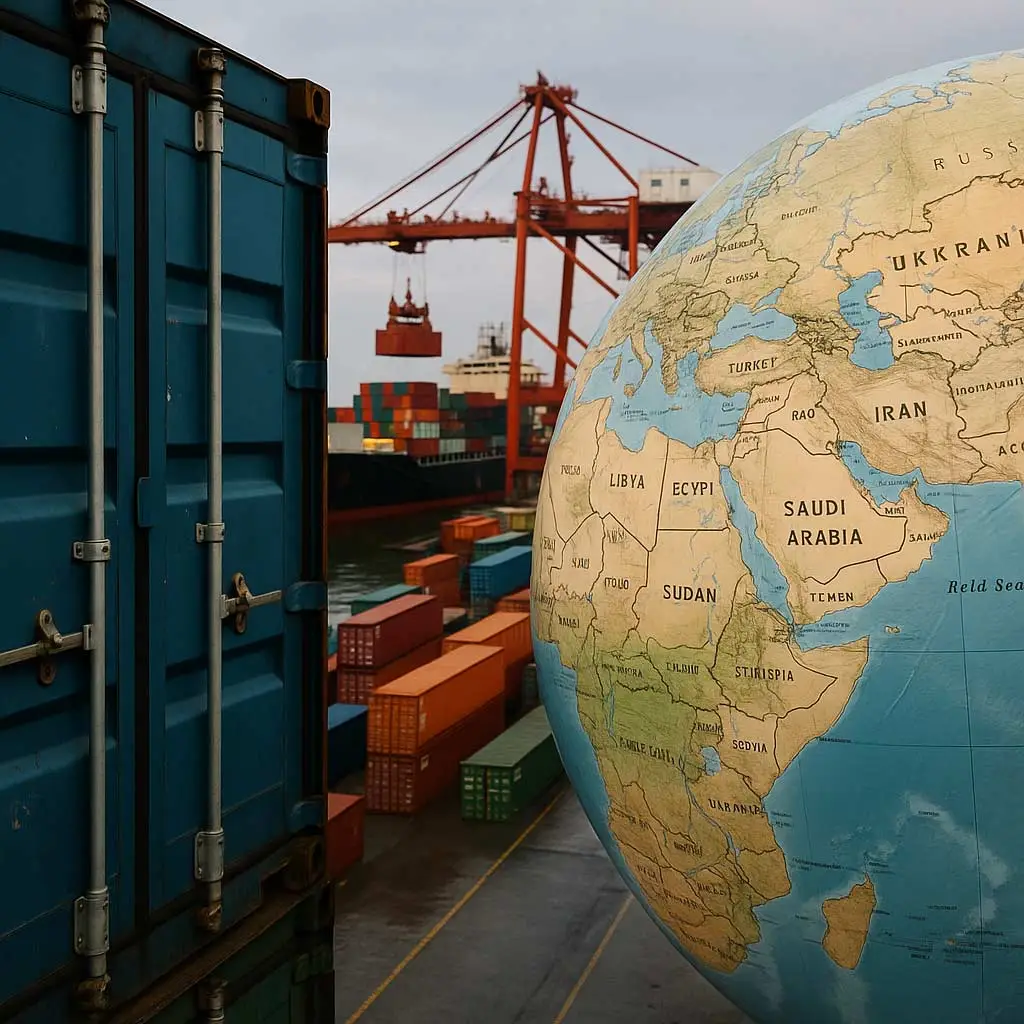Australia, a vast and geographically diverse continent, is no stranger to the impacts of natural disasters, as we’re seeing in Far North Queensland presently. Among the various challenges posed by Mother Nature, flooding stands out as a formidable force, significantly affecting the country’s intricate freight network. The consequences of flooding extend far beyond the immediate inundation, creating a ripple effect that disrupts supply chains, transportation systems, and the economy at large.
One of the primary ways flooding impacts Australia’s freight network is through the inundation of critical transportation infrastructure. Roads and highways, essential arteries for freight movement, can become impassable due to rising waters. This forces a halt to ground transportation, hindering the flow of goods from producers to consumers. Rail networks, another vital component of Australia’s freight system, may also face disruptions as tracks become submerged or damaged. These challenges lead to delays, increased transportation costs, and a heightened risk of goods spoilage.
Ports, crucial gateways for international trade, are not immune to the effects of flooding. Coastal areas susceptible to flooding often house major ports, and rising water levels can disrupt loading and unloading operations. Cargo ships may face navigational challenges or even port closures, compounding delays and creating a backlog of goods awaiting transport. The interconnectedness of global supply chains means that disruptions at Australian ports can have far-reaching effects on international trade.
The agricultural sector, a cornerstone of Australia’s economy, is particularly vulnerable to the impacts of flooding. Floodwaters can damage crops, disrupt harvesting operations, and render roads impassable, preventing the timely transportation of perishable goods to markets. This not only affects the livelihoods of farmers but also leads to food shortages and increased prices for consumers.
Furthermore, the insurance costs associated with damage to infrastructure and cargo during flooding events contribute to the economic toll. These costs are often passed on to consumers in the form of higher prices for goods and services.
In response to these challenges, the Australian government and the freight industry invest in resilience measures such as improved infrastructure, flood mapping, and early warning systems. However, the unpredictable nature of natural disasters underscores the ongoing need for adaptive strategies to mitigate the impact of flooding on Australia’s freight network.
While our hearts go out to the residents affected by recent flooding from Tropical Cyclone Jasper, we’re also conscious of the huge effort being put in by freight providers to ensure goods and food stuffs reach their destinations coming into Christmas.



